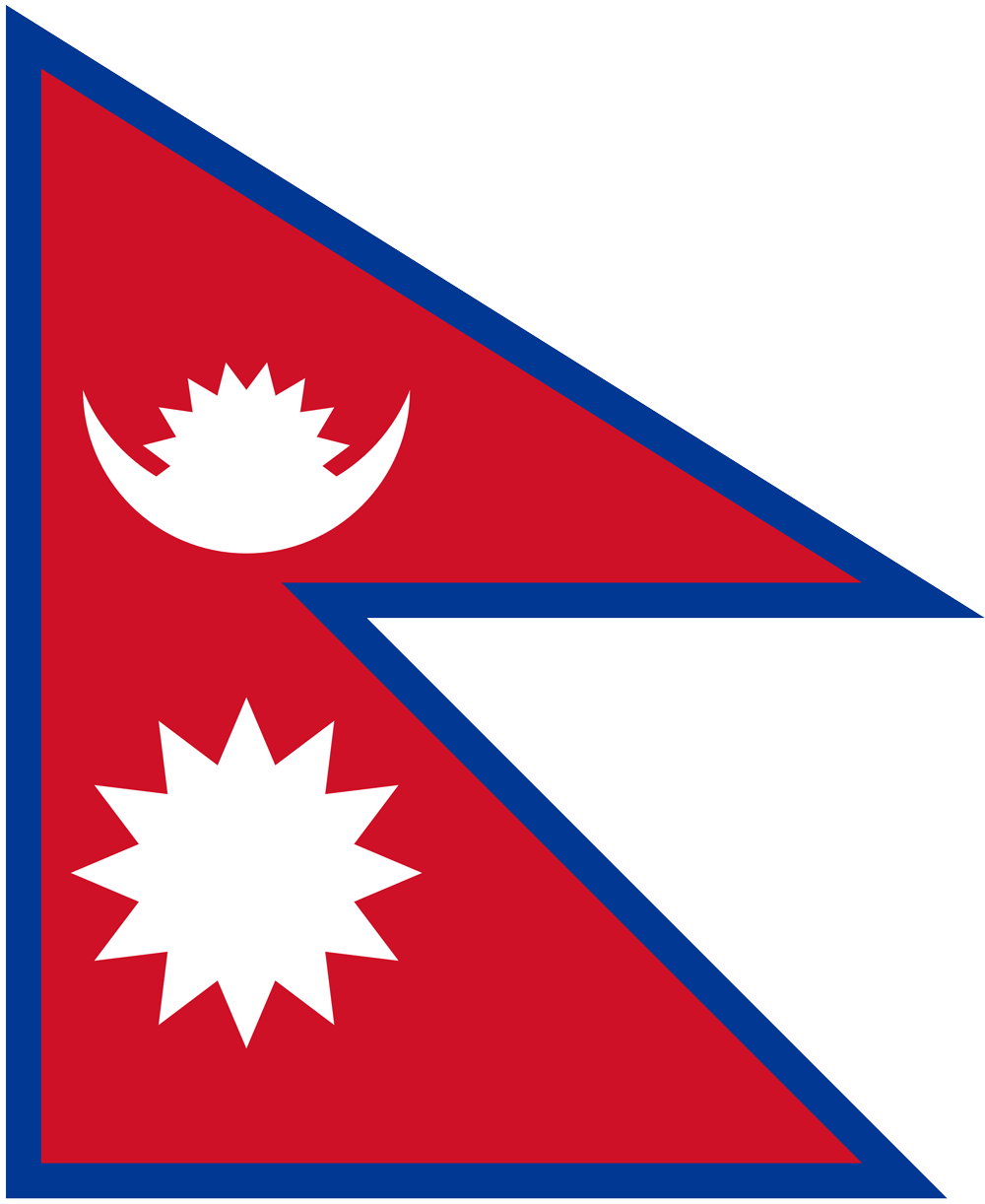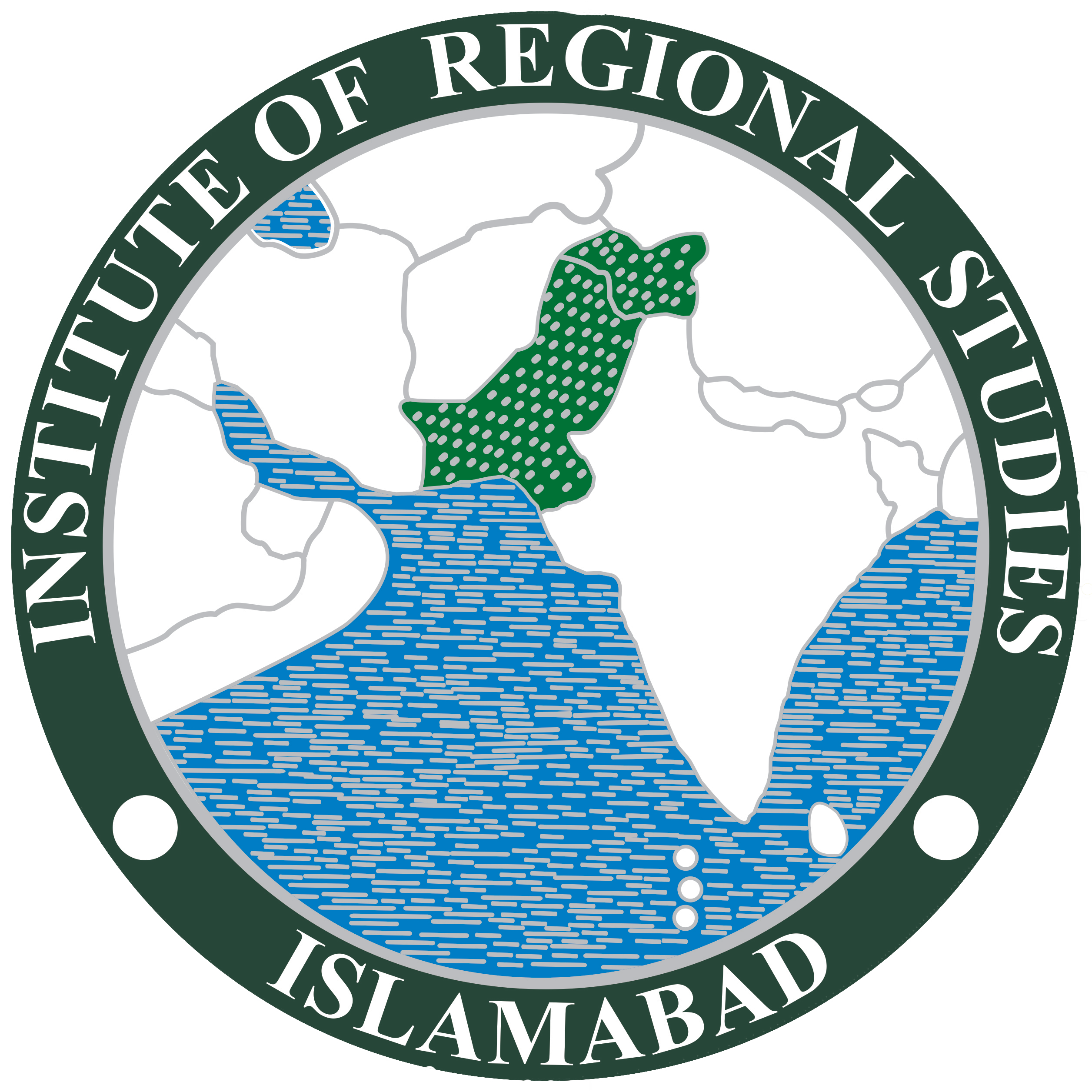News Updates
April, 2019
- A new Maoist conflict in the making, in Nepal
About a decade ago it seemed as if Nepal was marching into a new era. After a devastating decade-long war between Maoists and the government, an all-party People's Movement took to the streets of Kathmandu in April 2006 and forced King Gyanendra to reinstate the parliament. In the following months, a seven-party coalition took control of the government, stripped the king of most of his powers and accepted an interim constitution.
In May 2008, the monarchy was officially abolished, and Nepal became a federal democratic republic, thanks to movements for equality from its marginalised groups such as the Madhesis. For the first time in Nepal's recent history, all segments of the population, including the Maoists, were participating in the democratic process. Every Nepalese citizen felt as if they had a voice in the parliament, if not the streets. There was hope in the air.
What followed was years of protracted negotiation over a new constitution. In April 2015, Nepal was hit by a 7.8-magnitude earthquake that killed over 9,000 people and injured tens of thousands of others. Using the unprecedented devastation experienced by the population as an excuse, the dominant parties in parliament subdued all opposition voices and "fast-tracked" a new constitution and two years later held a controversial election.
Having ignored opposition protests and popular grievances for years, Nepal's new leadership is now facing a major threat. A new Maoist force, fed by popular disillusionment and anger, is growing in strength. As a result, Nepal once again appears to be heading towards a national conflict. Simmering discontent "Dream big", the new Prime Minister Khadga Prasad Oli, long-time leader of the Marxist Communist Party of Nepal, told the nation when he took office in February 2018. "Nepal's rise is inevitable," he said. (Al Jazeera, 21 April, 2019)

Archives



